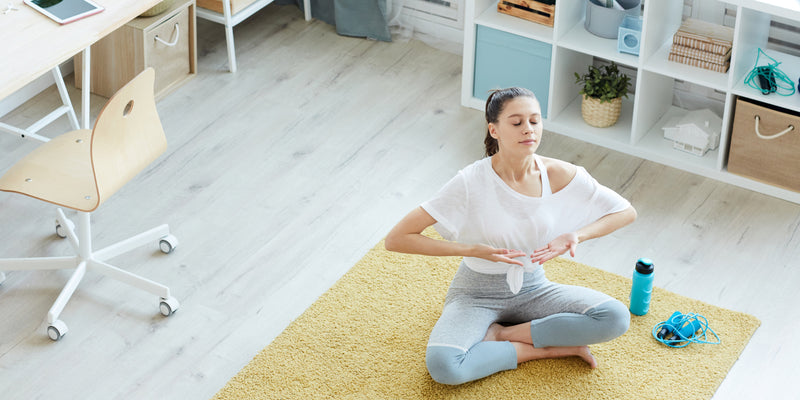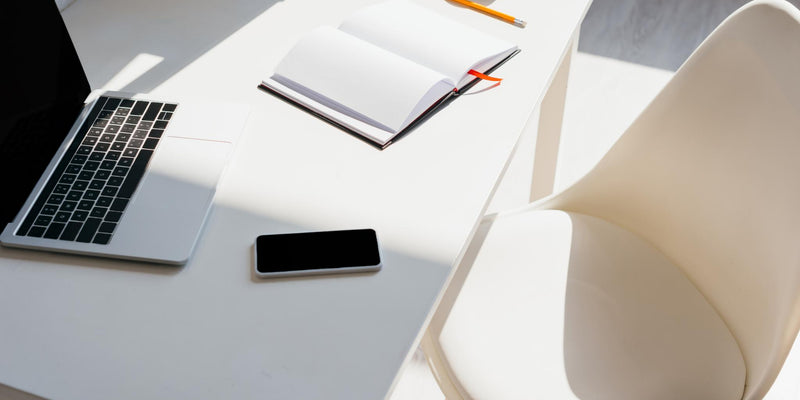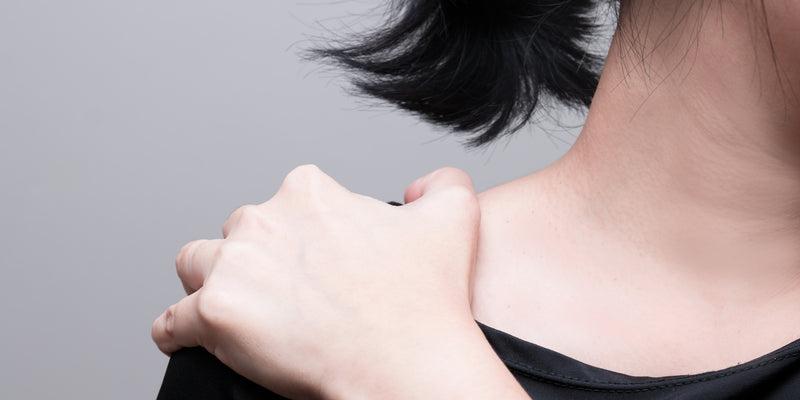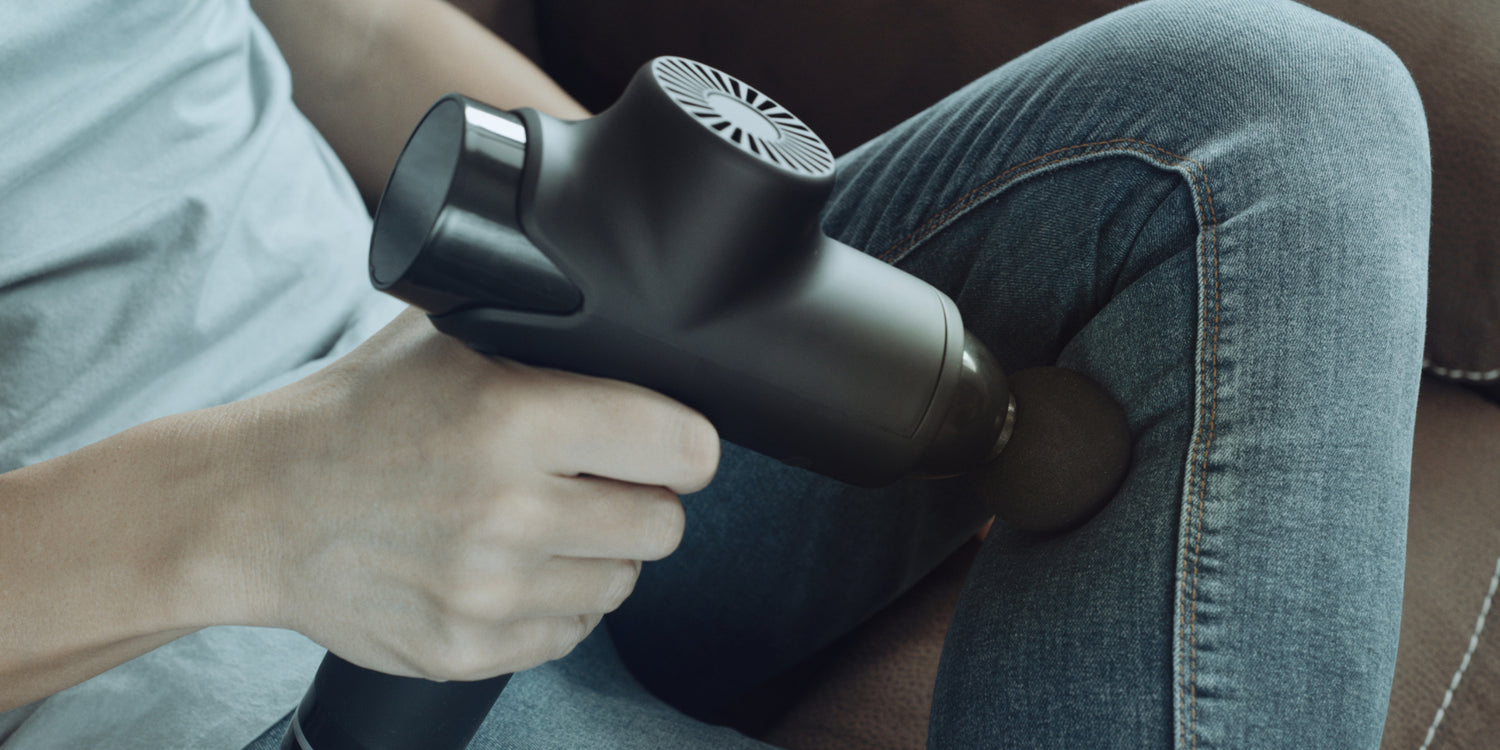Living with knee pain can be incredibly challenging. Whether it stems from an injury, arthritis, or overuse, the discomfort and limitations it brings can significantly impact your daily life. While there are various treatment options available, one innovative approach gaining popularity is the use of massage guns, or vibration guns. These handheld devices, equipped with percussive therapy technology, offer targeted relief and can be a valuable addition to your knee pain management routine.
Let’s explore how massage guns can effectively alleviate knee pain. We will check out five specific techniques and best practices that can maximize their benefits for targeted knee pain relief. So, discover the power of percussive therapy and unlock the potential for a more comfortable and active lifestyle.
What Is Knee Pain?

Knee pain, originating in the knee joint, is a common condition affecting individuals of various age groups. It is characterized by discomfort or distress in and around the knee area, often leading to limitations in mobility and daily activities. Knee pain can be caused by various factors, including injury, inflammation, overuse, or age-related degeneration. This prevalent ailment can significantly impact an individual's quality of life, making it crucial to understand the causes, symptoms, and available treatment options to help manage and alleviate knee pain effectively.
What Causes Knee Pain?
Knee pain can be caused by various factors that contribute to discomfort and hinder normal knee functioning. One potential cause includes deep muscle tension, where the muscle fibers surrounding the knee joint become tight and contracted. This tension can be caused by overuse, poor posture, or muscle imbalances. When the muscles are overly tense, they put additional stress on the knee joint, leading to pain and discomfort.
Another factor that can lead to knee pain is fascial adhesion. Fascia is a connective tissue that surrounds and supports the muscles and joints. Over time, fascia can become thickened and develop adhesions, which are essentially areas of tightness and restrictions. This restricts normal movement and can lead to discomfort, particularly in the knee joint.
Muscle imbalances can also contribute to knee pain. When certain muscles surrounding the knee are weaker or tighter than others, it can disrupt the normal function of the knee joint. This imbalance can lead to increased stress and pressure on specific areas of the knee, resulting in pain and inflammation.
Therefore, it is crucial to address these factors to reduce knee pain and promote overall knee health. Stretching and strengthening exercises can help alleviate deep muscle tension and improve muscular balance. Additionally, techniques such as foam rolling and myofascial release can be utilized to target and release fascial adhesions. Identifying and correcting muscle imbalances through physical therapy or targeted exercises can also help prevent and reduce knee pain.
How Does Knee Pain Affect Your Daily Life?
Knee pain can significantly impact daily life, presenting numerous challenges and limitations. The constant discomfort and limited range of motion can make even simple tasks extremely difficult. Mobility becomes a major issue as knee pain can hinder walking, climbing stairs, or getting up from a seated position. This can lead to a loss of independence and decreased ability to perform essential activities.
The impact knee pain has on daily life extends beyond mobility. Engaging in activities such as exercise, sports, or even hobbies become almost impossible due to the pain and discomfort. The constant worry of exacerbating the pain can lead to a decrease in overall quality of life. Sleep may also be affected, as finding a comfortable position becomes challenging, leading to disrupted sleep patterns and fatigue.
Everyday tasks like household chores, shopping, or even self-care activities can become daunting for those with knee pain. Bending down, lifting heavy objects, or standing for extended periods can cause immense pain, making these tasks nearly impossible to complete without assistance.
Managing knee pain and seeking appropriate treatment is crucial for regaining control over daily life. Through a combination of pain management techniques, physical therapy, and medication, individuals can improve their mobility, reduce pain, and regain their independence. Seeking proper treatment not only alleviates the physical limitations but also improves mental health and overall well-being. Therefore, it is vital to address knee pain promptly and adequately to minimize the impact it has on one's daily life in the long run.
How Do Massage Guns Work for Knee Pain Relief?

These handheld devices operate through an electric motor that generates rapid and repetitive pulses or vibrations. These handheld devices operate through an electric motor that generates rapid and repetitive pulses or vibrations.
When applied to the affected area, such as the knees, massage guns deliver high-frequency percussions that penetrate deep into the muscles, tendons, and soft tissues. The rapid pulsations from the massage gun help stimulate blood circulation in the targeted area, increasing blood flow. This improved blood flow brings essential nutrients and oxygen to the knee joint, promoting tissue repair and reducing inflammation.
Additionally, the percussive movements of the massage gun promote muscle relaxation by targeting the muscle fibers and releasing tension. This can help loosen tight muscles around the knee, reducing discomfort and improving range of motion.
The vibrations from the massage gun can also interrupt pain signals sent to the brain, providing temporary relief from knee pain. By distracting the nervous system, massage guns can help decrease the perception of pain.
Moreover, massage guns are effective in addressing myofascial trigger points, which are tight knots or bands within the muscle tissues. By applying pressure and vibrations to these trigger points, massage guns help release tension and restore proper muscle function.
Lastly, massage guns can enhance recovery by reducing muscle soreness and promoting tissue repair. Using percussive therapy after physical activities or workouts that stress the knees can potentially minimize post-exercise discomfort and speed up the healing process.
5 Techniques for Using Massage Guns on Knee Pain

Massage guns have become increasingly popular for their ability to provide relief from various kinds of pain, including knee pain. Here are five techniques for using massage guns specifically targeted at knee pain:
- Circular Motion Technique: Start by positioning the massage gun on the area surrounding the painful knee. Apply gentle circular motions to stimulate blood flow and relax the muscles. This technique helps to reduce inflammation and alleviate knee pain.
- Cross Fiber Technique: With the massage gun set to a moderate speed and intensity, position it perpendicular to the knee joint. Apply pressure and glide the gun back and forth across the fibers of the muscles surrounding the knee. This technique helps to release tension, improve range of motion, and relieve knee pain.
- Trigger Point Technique: Locate the trigger points around the knee joint, which are areas of hyperirritability and tenderness. Position the massage gun directly on these points and apply slow, focused pressure for a few seconds. Repeat this process on various trigger points to reduce knee pain caused by muscle knots and tightness.
- Stripping Technique: For this technique, place the massage gun parallel to the muscles around the knee. Apply slow, firm pressure and move the gun along the length of the muscle. This technique aids in breaking down scar tissue, reducing muscle tension, and providing relief from knee pain.
- Vibrational Technique: Set the massage gun to a high speed and intensity. Place it on the muscles surrounding the knee and allow the vibrations to penetrate deeply. This technique helps to decrease pain signals, relax the muscles, and promote healing.
When using a massage gun on knee pain, it is crucial to position the gun properly for optimal results. Place the gun directly on the painful area or surrounding muscles, adjusting its angle based on the targeted muscle or trigger point. Experiment with different positions to find the most effective one for your specific knee pain.
Recommended speed and intensity settings depend on the individual's pain tolerance and sensitivity. Generally, start with a lower speed and intensity, gradually increasing it as tolerated. It is important to listen to the body's feedback and adjust the settings accordingly to avoid further discomfort or injury.
Proper technique is essential when using massage guns on knee pain. Start with a warm-up to prepare the muscles for treatment and prevent any potential injuries. Always move the massage gun slowly and deliberately, focusing on the intended areas. If any pain or discomfort arises during the session, reduce the speed, intensity, or stop using the massage gun altogether.
5 Best Practices for Using Massage Guns on Knee Pain

Massage guns are becoming increasingly popular for relieving knee pain, but it's important to follow proper techniques and guidelines for safe and effective use. Here are five best practices to consider when using massage guns on knee pain.
- Start with a low intensity: Begin your massage session with the lowest intensity setting on the massage gun. This allows your body to gradually adapt to the vibrations and prevents any discomfort or potential injury to the knee joint.
- Use a proper technique: Glide the massage gun gently over the muscles around the knee joint. Avoid putting excessive pressure directly on the knee cap, ligaments, or tendons. Instead, focus on the surrounding muscles, such as the quadriceps, hamstrings, and calves.
- Limit usage time: While the vibrations from massage guns can be beneficial, it's important to avoid overuse. Limit your massage sessions to 5-10 minutes per knee to prevent overstimulation or potential tissue damage.
- Listen to your body: Pay attention to any discomfort or pain during the massage. Adjust the intensity or technique accordingly to ensure a comfortable and effective experience. If you experience any persistent pain or swelling, consult a healthcare professional.
- Consult a professional: If you have a pre-existing knee condition or injury, such as arthritis or a torn ligament, it's advisable to consult a healthcare professional before using a massage gun. They can provide personalized advice and guidance based on your specific condition.
Takeaway
Living with knee pain can be challenging and significantly impact daily life. Whether it's caused by injury, arthritis, or overuse, the discomfort and limitations can be overwhelming. Massage guns, equipped with percussive therapy technology, offer a promising approach to alleviate knee pain. By delivering rapid pulses or vibrations to the affected area, massage guns stimulate blood circulation, promote tissue repair, relax muscles, interrupt pain signals, and address trigger points. Techniques such as circular motion, cross fiber, trigger point, stripping, and vibrational techniques can be used for targeted relief. It's important to use massage guns properly, starting with low intensity, limiting usage time, and listening to the body's feedback. Seeking professional advice is advised for those with pre-existing knee conditions. By incorporating massage guns into a comprehensive knee pain management routine, individuals can potentially achieve a more comfortable and active lifestyle.
Renpho Health Tips
-

5 Self-Care Practices for Chronic Pain Treatment and Management
April 24, 2024
Read more >
-

Are You Sitting Too Much? 5 Telltale Signs of a Sedentary Lifestyle
April 15, 2024
Read more >
-

Say Goodbye to Winter Blues with a Spring Cleanse Detox
April 12, 2024
Read more >
-

Understanding Neck Sprains: Causes, Symptoms, and Treatment Options
April 5, 2024
Read more >
-

Upper Back Pain at Work: 5 Ergonomic Tips for a Pain-Free Office
March 27, 2024
Read more >

